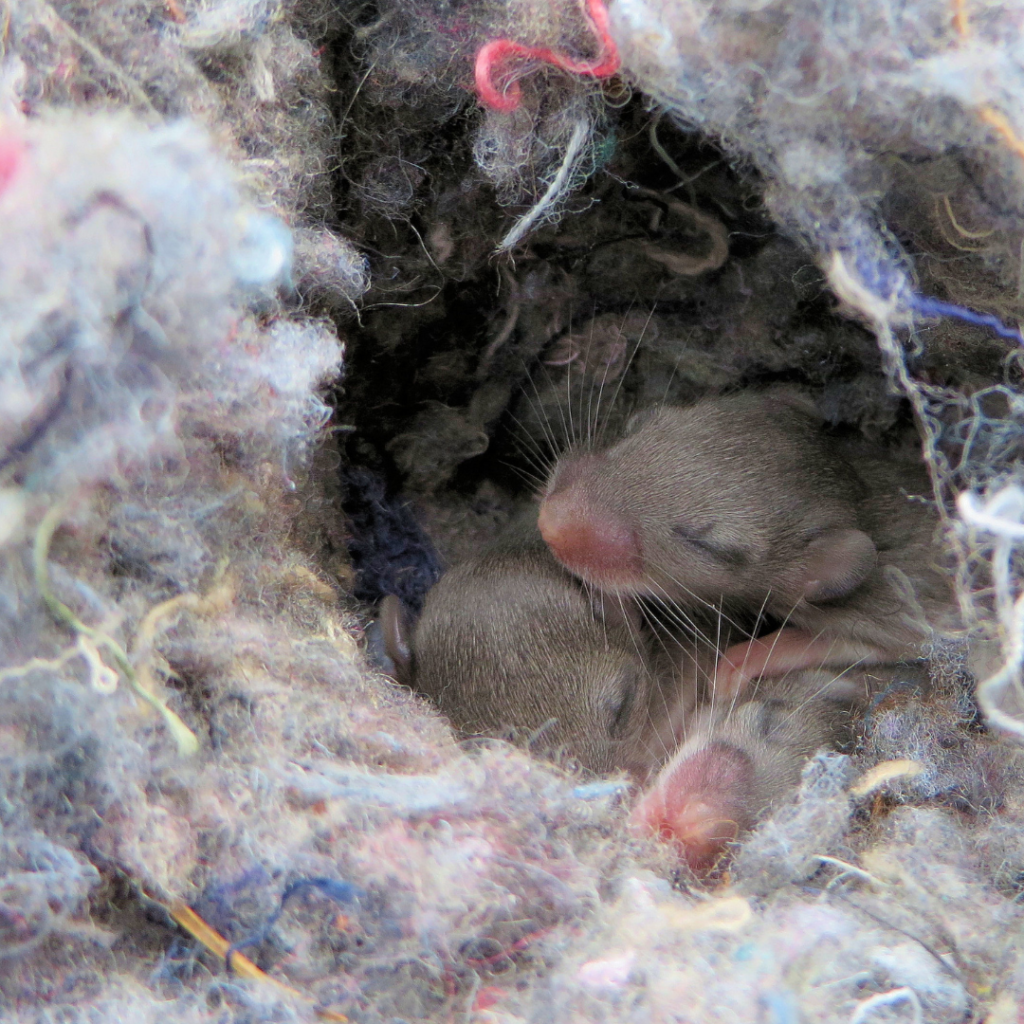Winter is here! That means most insects are now hibernating and the pests that are moving around are looking for places to stay warm.
If you have any questions or concerns or would like to schedule an appointment call or send us an email
Call Us Today! 952-404-BOGO (2646)
Share This Page!
Mice
Mice stay active in the winter and do not hibernate. Their two main jobs in the winter are to breed and to hoard food. These two activities are mostly done inside homes in the winter. They will leave the home for short periods to find seeds and nuts to bring back inside. When they have access inside, they spend most of their time inside attics and unfinished rooms. These dark areas are often left untouched, and provide them with insulation to stay warm and build nests for their young. To keep the mice from getting inside the holes on the outside need to be sealed.
Voles
Voles like mice also don’t hibernate in the winter. But unlike mice, they are not interested in going inside homes. They live outside in the winter and eat the roots of grass and other plants. To stay warm they nest under leaf litter, mulch, and tunnel under the snow. In the spring, when the snow melts, many homeowners will find streaks of dead grass across their lawns from voles feeding in the winter. To identify a vole versus a mouse a vole has a shorter tail and their short ears are below their fur.
Ants
Ants are one of the few insects that stay active in the winter! The two most common ants are pavement ants and carpenter ants. Pavement ants get their name from nesting under pavement. Because their nests are underground the cold forces them to nest inside homes most commonly under heated garage slabs and heated floors inside the home.
Carpenter ants are attracted to nesting inside water-damaged or rotting wood. Due to snow, many areas around the home such as decks, siding, and roofs are getting wet and soaking up water. If these materials are not protected correctly the wood will release a pheromone that attracts these ants to build nests inside the water-damaged wood.
Spiders & Centipedes
Centipedes are one of the scariest-looking insects we have here in Minnesota! They are prone to dehydration so they need to live in moist environments to survive. In the winter they live in bathrooms, laundry rooms, and basements. Keeping a dehumidifier in these areas will deter centipedes from occupying that space. Centipedes are the apex predator in the insect world. They will eat a variety of insects that may be living inside. If a home currently has insect activity this would attract centipedes to live inside the home.
Spiders can be found living inside homes all year long. In the winter spiders keep themselves warm by producing anti-freeze proteins inside their bloodstream. While inside the home they spend most time in basements and unfinished rooms. These rooms have exposed wires and pipes that they use to build webs to catch other insect.
If you have any questions or concerns or would like to schedule an appointment call or send us an email
Call Us Today! 952-404-BOGO (2646)
Here are just a few of the cities we service for
Anoka|Apple Valley| Bloomington|Burnsville|Champlin|Chanhassen|Coon Rapids|Cottage Grove|Deephaven| Delano|Eagan|Eden Prairie|Edina|Elk River|Excelsior|Golden Valley|Independence|Lino Lakes|Long Lake|Maple Grove|Maple Plain|Maplewood|Medina|Minneapolis| Minnetonka|Minnetrista|Mound|New Brighton|New Hope|North Oaks|Orono|Prior Lake|Plymouth|Ramsey|Rogers|Shoreview| Shorewood|Stillwater|St. Louis Park|St. Paul|Victoria|Waconia|Wayzata|White Bear Lake|Woodbury|








